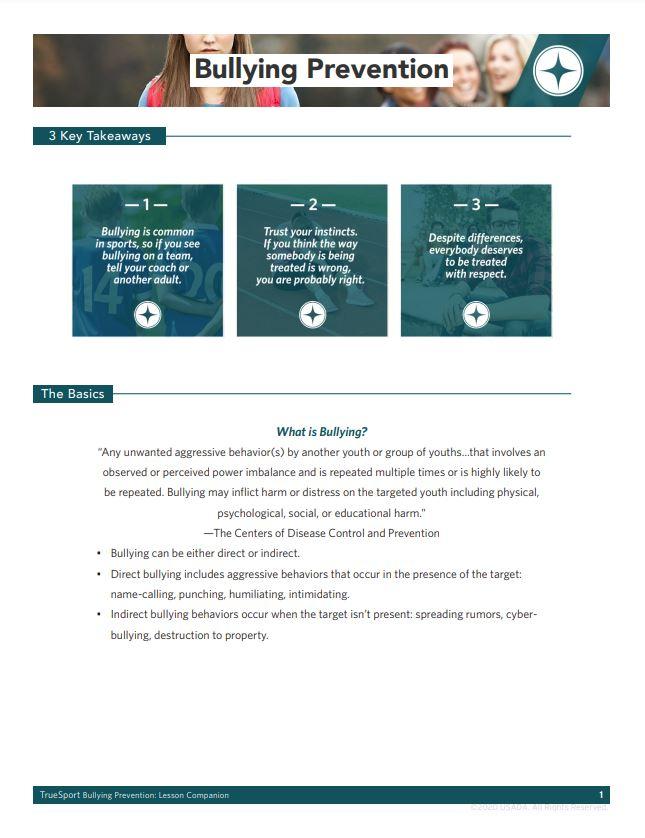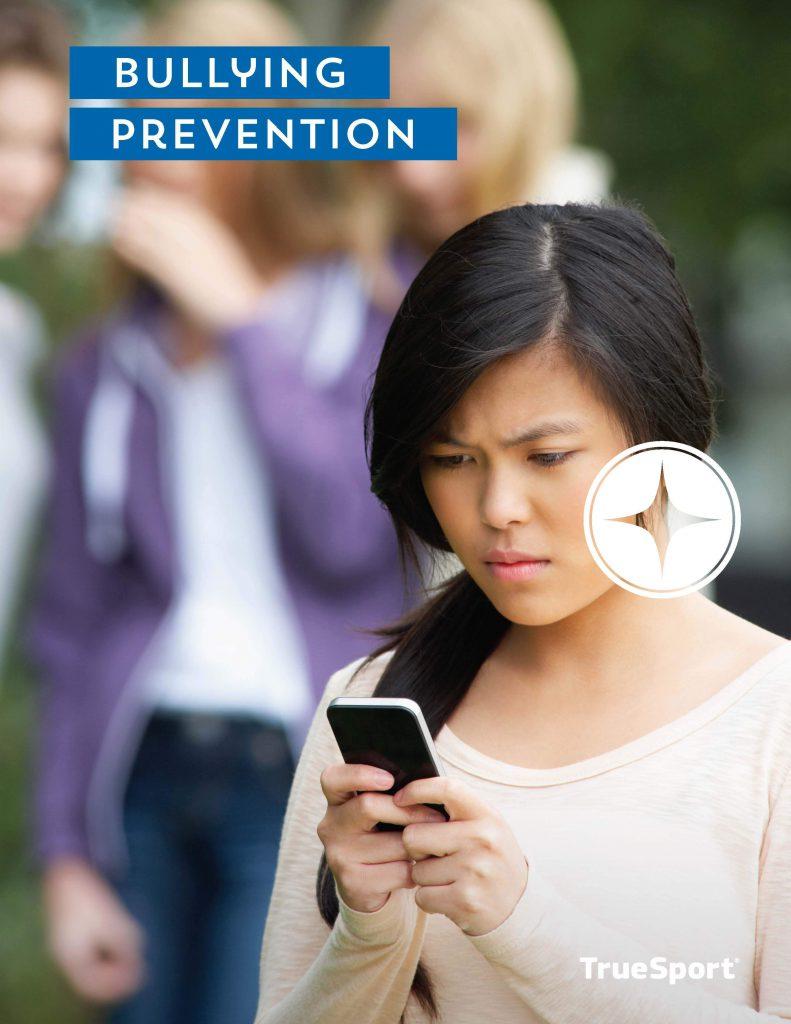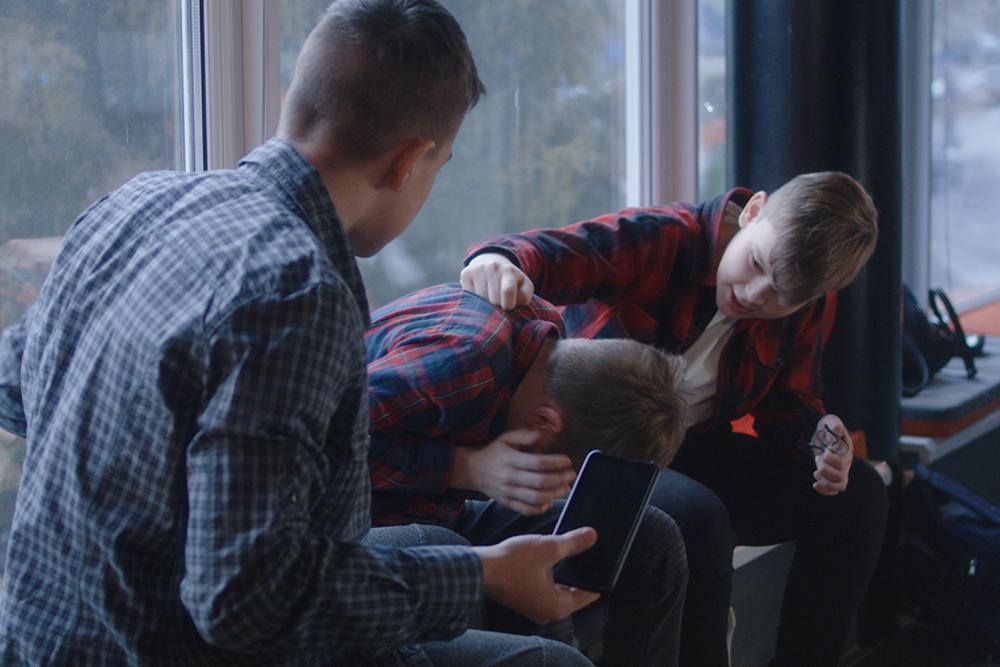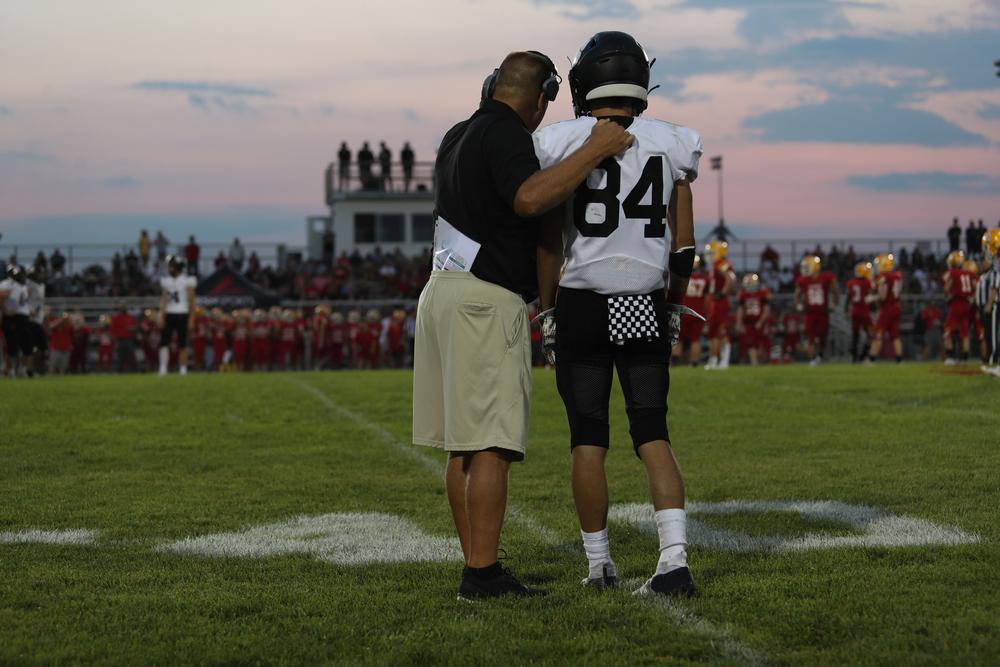TrueSport Expert Nadia Kyba, MSW, President of Now What Facilitation, explains the latest research and tactics for dealing with bullying behavior.
TEACH Bullying Prevention

Simple Lesson
Direct bullying includes aggressive behaviors that occur in the presence of the target. Indirect bullying behaviors occur when the target isn’t present.

Premium Version Starts at just $5
How common in bullying? What can a young athlete do if they’re being bullied or if they find themselves being the bystander to bullying? As a coach, how can you help identify, address, and prevent bullying on your team?
Find answers to these questions and more inside the TrueSport Bullying Prevention lesson!
LEARN more about Bullying Prevention
Loading...
Content Warning: This article contains mentions of bullying. Many of us want to directly intervene when we see an injustice or...
Content Warning: This article contains mentions of bullying. Student leadership is difficult. If you’re the captain of a team or in...
Bullying Prevention videos
Loading...


